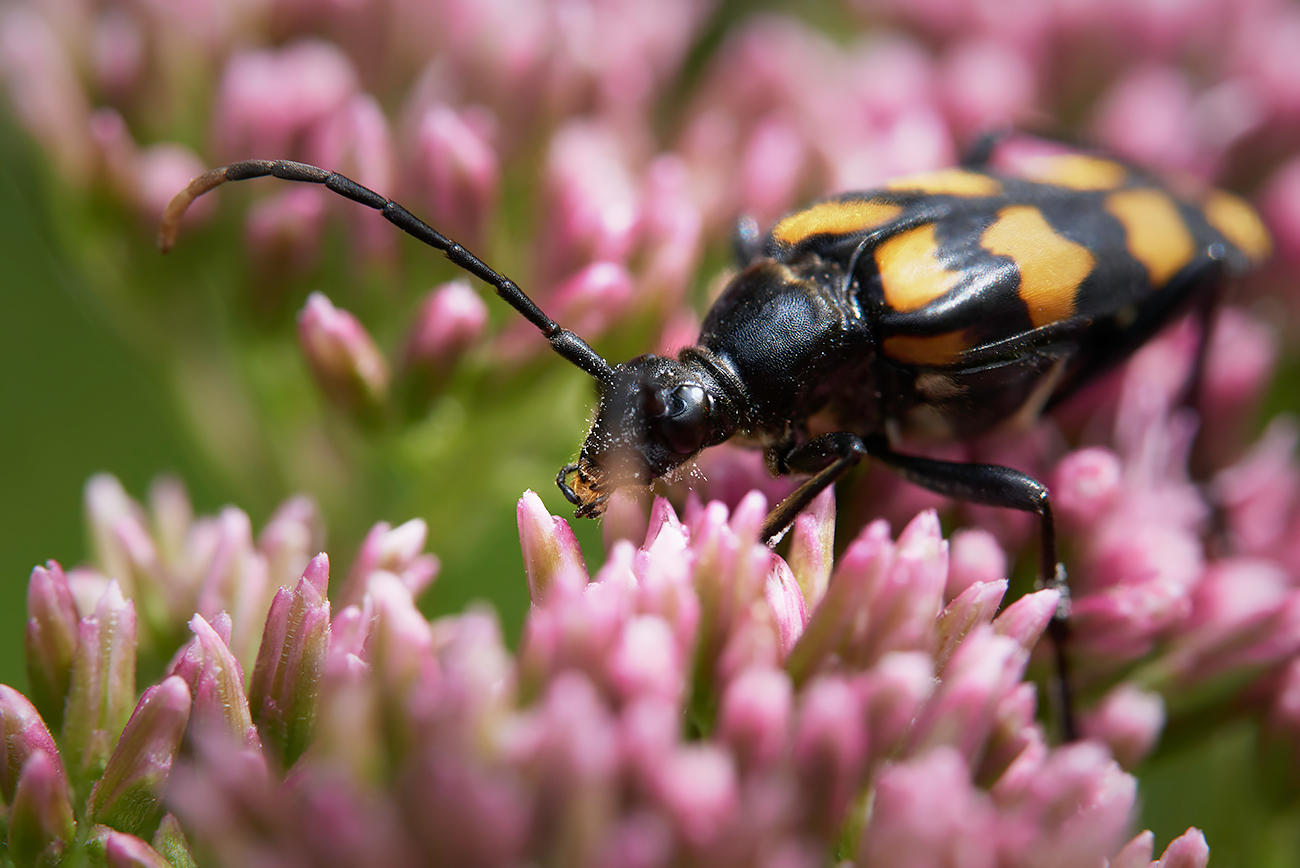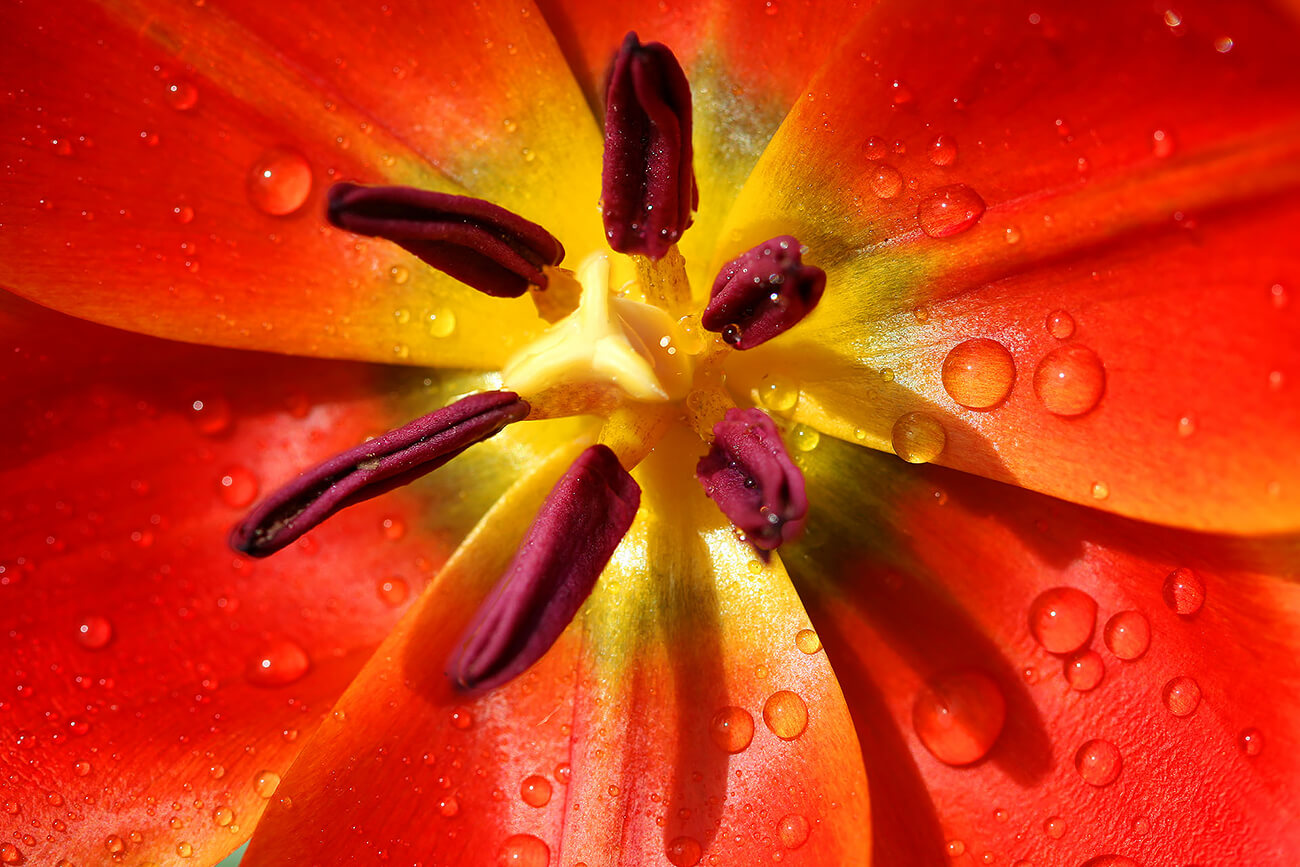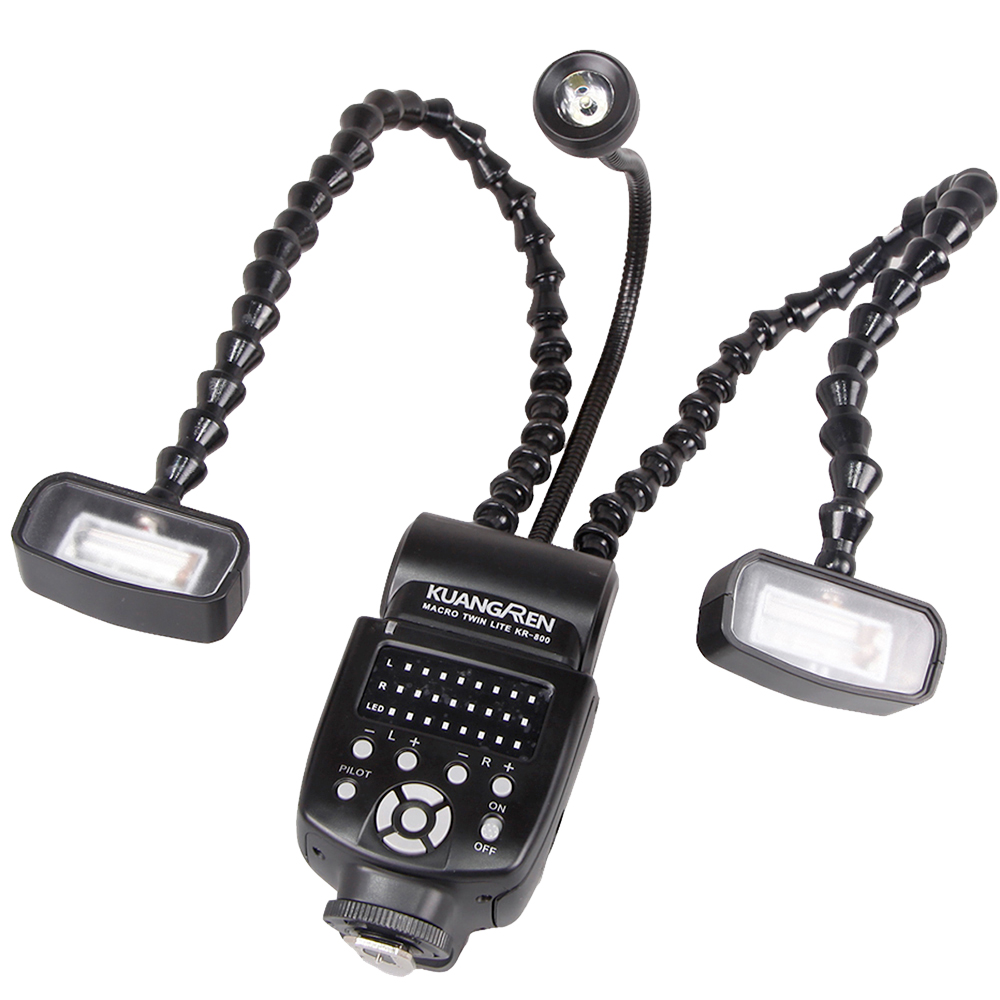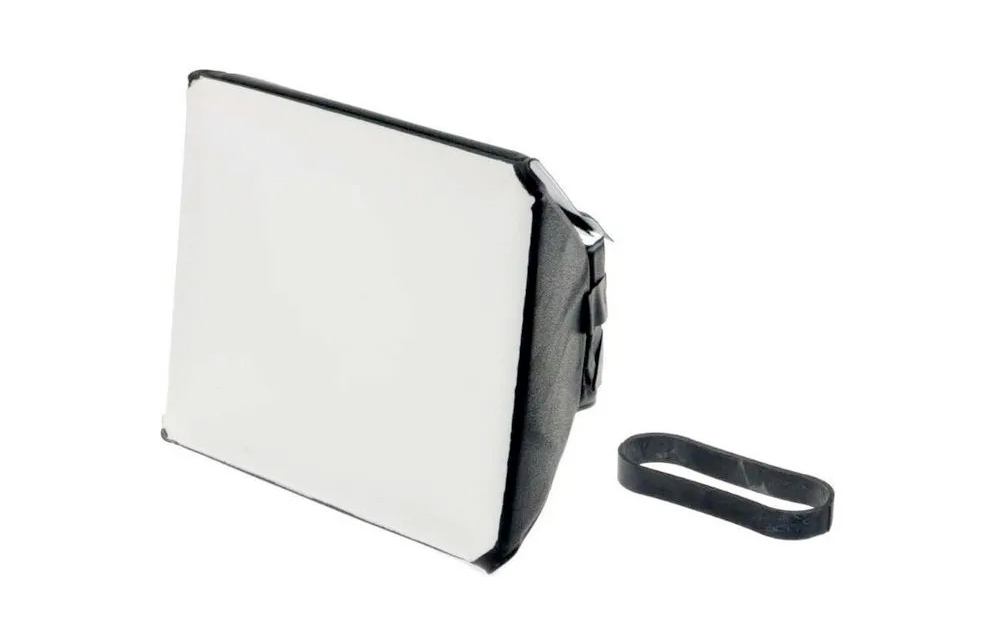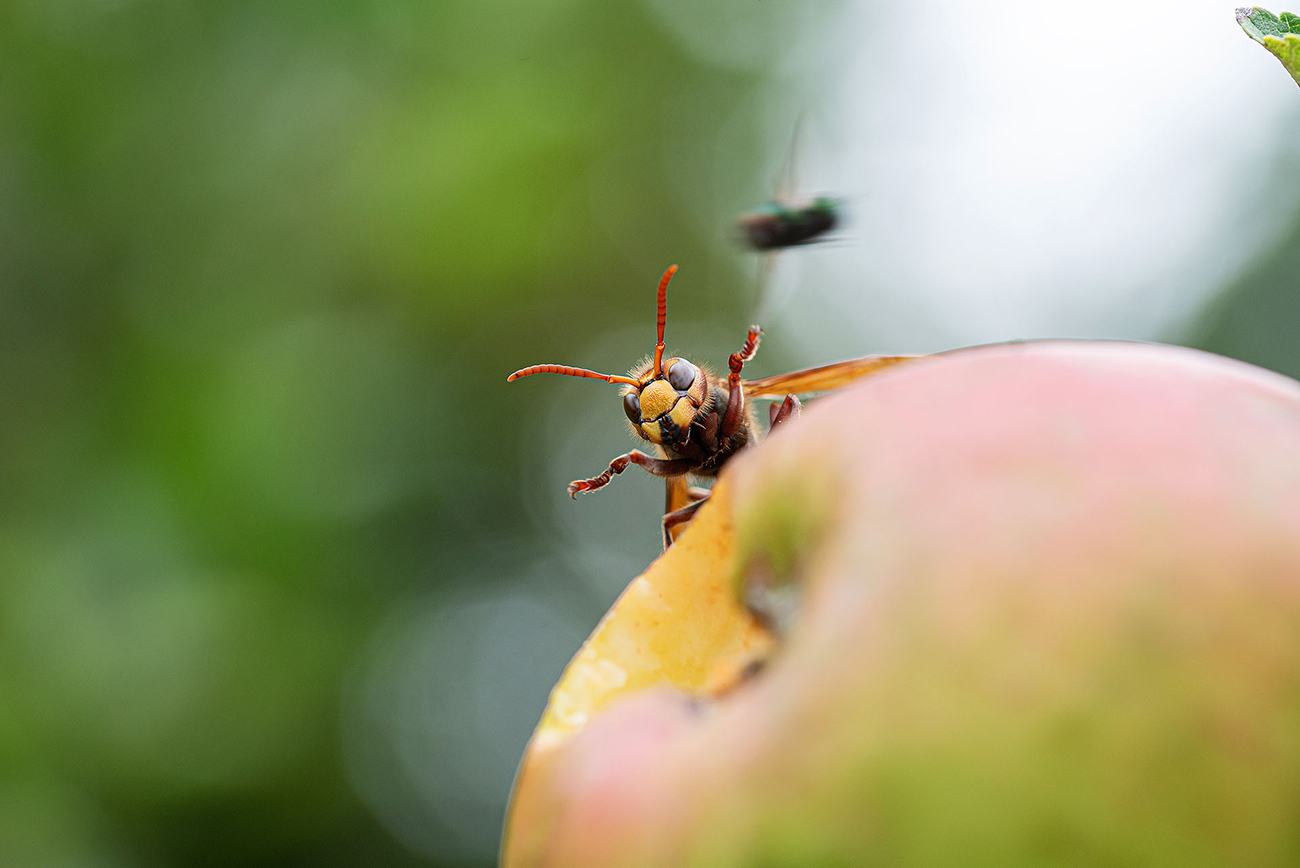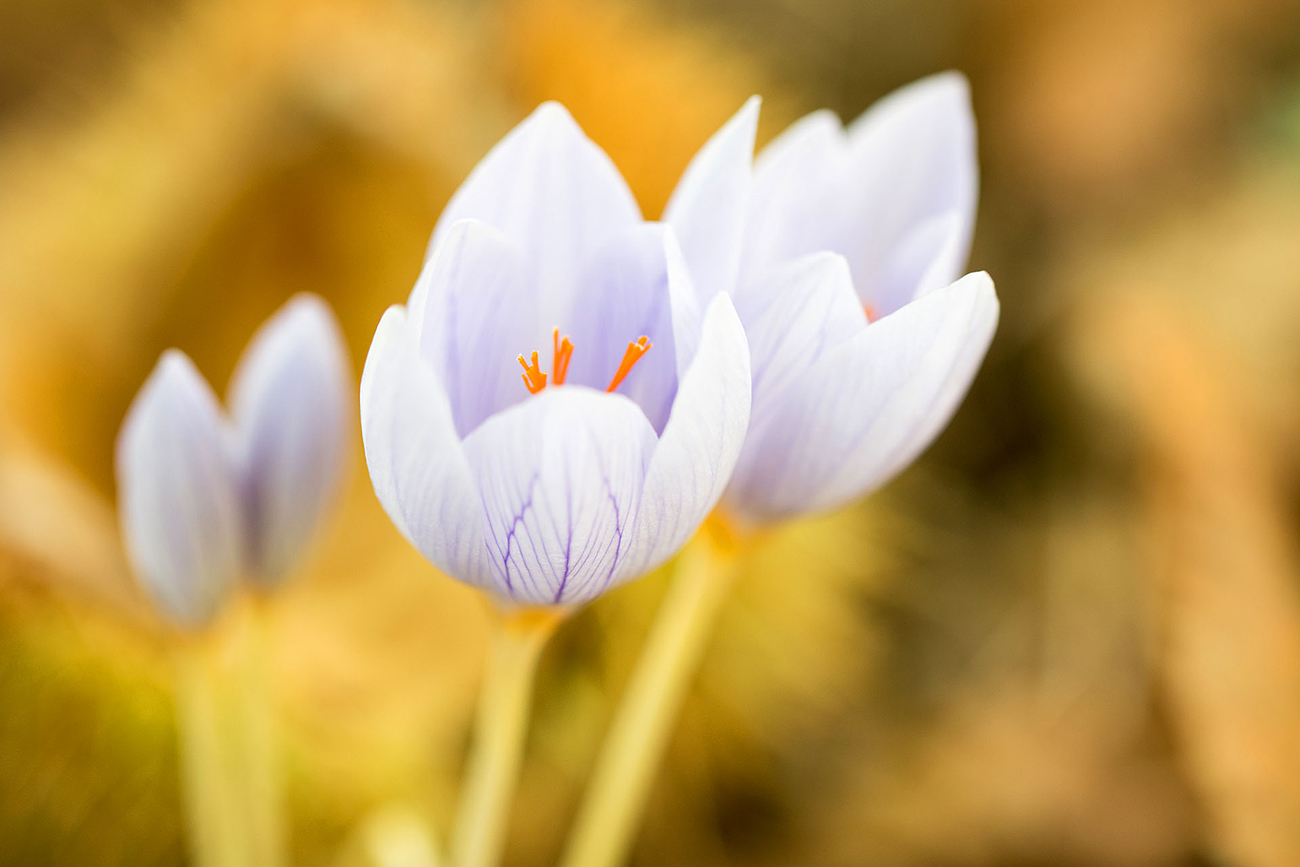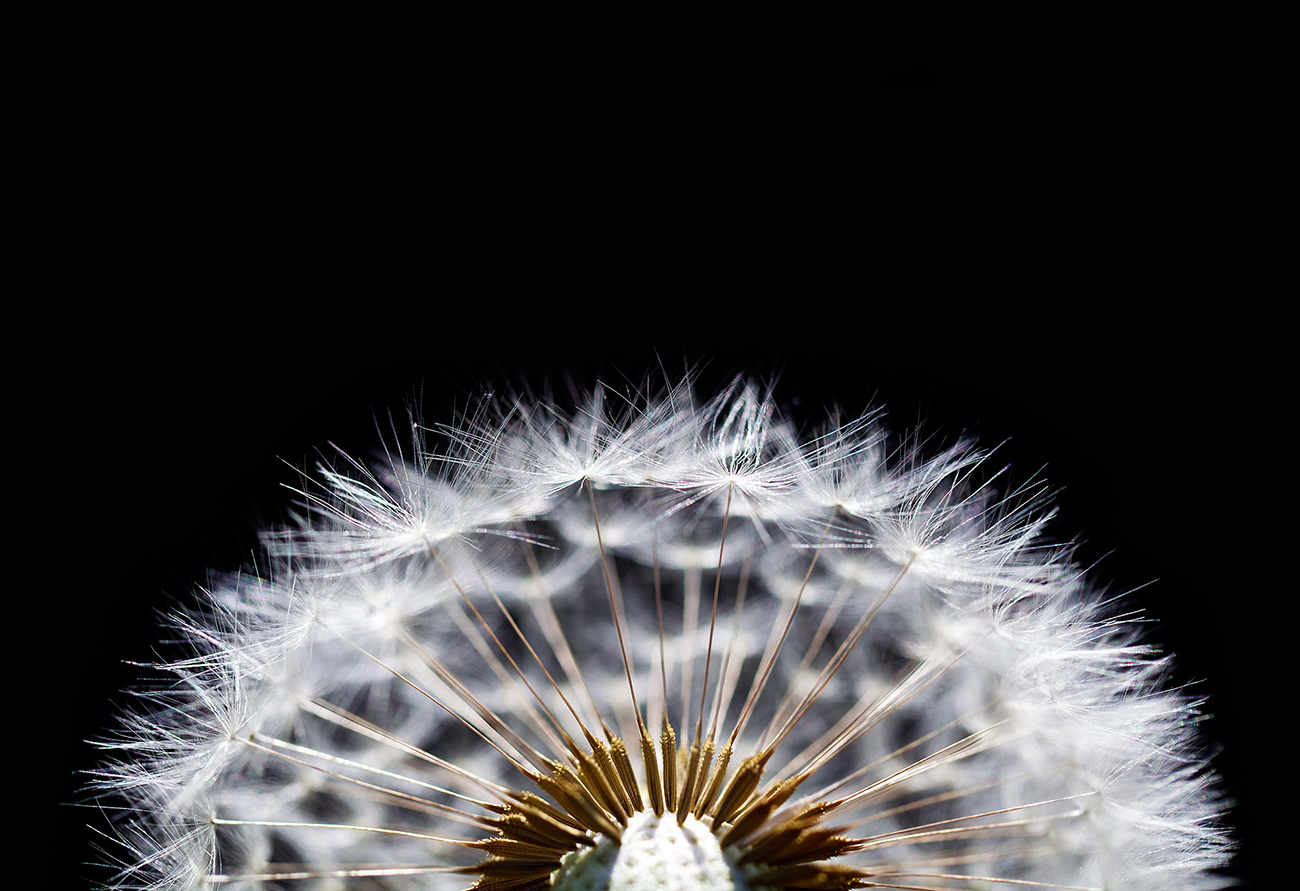You can make many mistakes in macro photography, and not using flash is one of them. Especially when taking photos outdoor, many photographers believe that ambient light is enough and flash will only make their photos look artificial and staged. However, that's not the case.
Flash is a valuable piece of equipment as long as you know when and how to use it. For macro photographs, you don't have to use flash all the time, and it's usually better to avoid triggering it at full power. However, it can bring your macro photography to a new level.
Wisely used flash can help you capture macro photos in low lighting conditions, freeze movement when dealing with moving subjects, and create more interesting compositions. Check out the following tips and make the most of using flash in macro photography.
Control the Direction and Intensity of the Flash
Great photos happen when you control every element that enters the frame. There are many types of flash you can use for macro photos. Whether you choose to use your camera's built-in flash or buy a dedicated macro flash or an external flash unit, you should know how to use it properly.
The advantage of using flash is the ability to control the light that enters the scene. Even if you use your camera's built-in flash, which has a fixed position, you still get to control its power. Learn to use the built-in flash in Manual mode and adjust its intensity for each scene.
Dedicated macro flash units give you even more options. For example, a macro ring flash provides even illumination, is natural-looking, and easy to blend with the ambient light. It still has a fixed position but is closer to the subject because it's attached to the lens instead of the camera body. And then, you have twin macro flash units that also attach to the front of the lens but give you both front lighting or side lighting (you can fire them individually or together). To control the direction of the light, even more, use twin macro flash units with flexible arms. If you want to place the source of light wherever you want, choose an external flash.
Flash isn't a solid white light that blows in the face of your subject and washes out your photos. Instead, it's a complex lighting system that allows you to adjust the intensity and direction of the light for each photo you take.
Experiment with a Diffuser
Most macro photographs have natural subject matters such as flowers and insects. You want subtle and smooth lighting that enhances the natural beauty of your subject and preserves its colors. Unfortunately, even when you reduce the flash's intensity, it can still create an artificial bluish light that affects colors and ruins the atmosphere. That's why you need a light diffuser.
A diffuser is a white box that goes over the cap of the flash. You can buy one from your photo store or make it yourself from white paper or plastic. It softens the light and spreads it evenly around the subject, which is more natural-looking and pleasant. A diffuser can transform even the rigid built-in flash of your camera into a delicate and valuable tool.
Photograph Moving Subjects with Flash
When the subject is moving, you need to use high shutter speeds without producing underexposed photos. But when you don't have enough ambient light, you'll have to compromise other parameters (e.g., increasing the aperture and reducing the depth-of-field; increasing ISO, and risking adding noise). Flash is an excellent solution for these situations. It provides the light you need to freeze movement without compromising the composition.
Moving subjects don't always mean running or flying insects. The slightest wind can move the flower or leave you're trying to photograph. Or you may want to take photos at sunrise without using a tripod. Longer exposures increase the risk of motion and camera shake blur. And when you photograph tiny subjects, as is the case in macro photography, you want all the sharpness and clarity you can have.
Use an External Flash to Illuminate the Background
Macro photographs, like any other photographs, are visual stories that include more than the subject. If you want to photograph the subject in context, the background has to be visible. But when the light falls on the subject, the background will remain in the shadow. So to make the background part of the story, you need an additional source of light to illuminate the background.
Create frontal or lateral lighting for the background by using an external flash. You can use a tripod and a remote trigger for the camera and hold the flash unit yourself or find something to place the flash on. This is a configuration used mainly in studios, but it works for outdoor photography as well. Make sure you adjust the position and intensity of the light to create an appealing composition.
As an alternative to using a second flash, you can also shoot with a higher ISO to allow light from the background to hit the camera sensor, even though the background isn't illuminated by a flash.
There are other ways to create a story than having the subject and background visible and well-exposed. For example, you can use flash to illuminate the background only and keep the subject underexposed. A well-chosen subject will create a beautiful silhouette on a colorful and meaningful background. As the intensity of the flash falls off with distance, choose a background closer to the source of light.
Create Dark Backgrounds
Flash isn't just a helpful tool when you don't have enough natural light. You can also use it for artistic purposes. For example, if you're an effect of contrasted light and shadow, you can use flash to create a black background. It's a dramatic style that creates a powerful contrast and emphasizes the subject. The effect works very well for still life macro photographs and natural subjects such as
flower photography.
To overpower the ambient light and create a dark background, use flash to illuminate the subject while keeping as low an ISO as your camera allows.
The technique works better when there is a long distance between subject and background. Remember that the intensity of the flash falls off with distance. Therefore, place the flash close to the subject and choose a background further away from the subject.
Concluding words
It may not be easy to carry an extra piece of equipment when you chase insects and wildflowers, but flash deserves a place in your photo bag. It helps you in difficult situations and provides plenty of compositional freedom. Flash makes macro photography much more interesting and artful. It allows you to control the elements that enter the frame, camera settings, and control light without compromise.
Especially if you invest in dedicated macro flash units, the soft and natural-looking additional light will blend in smoothly with the ambient light. No one will be able to tell you used flash. So give up misconceptions and give it a try. Set your flash to Manual mode and test all its settings, step by step. When you understand how the intensity and direction of the light influence your compositions, your macro photos will look fantastic and much more professional.


